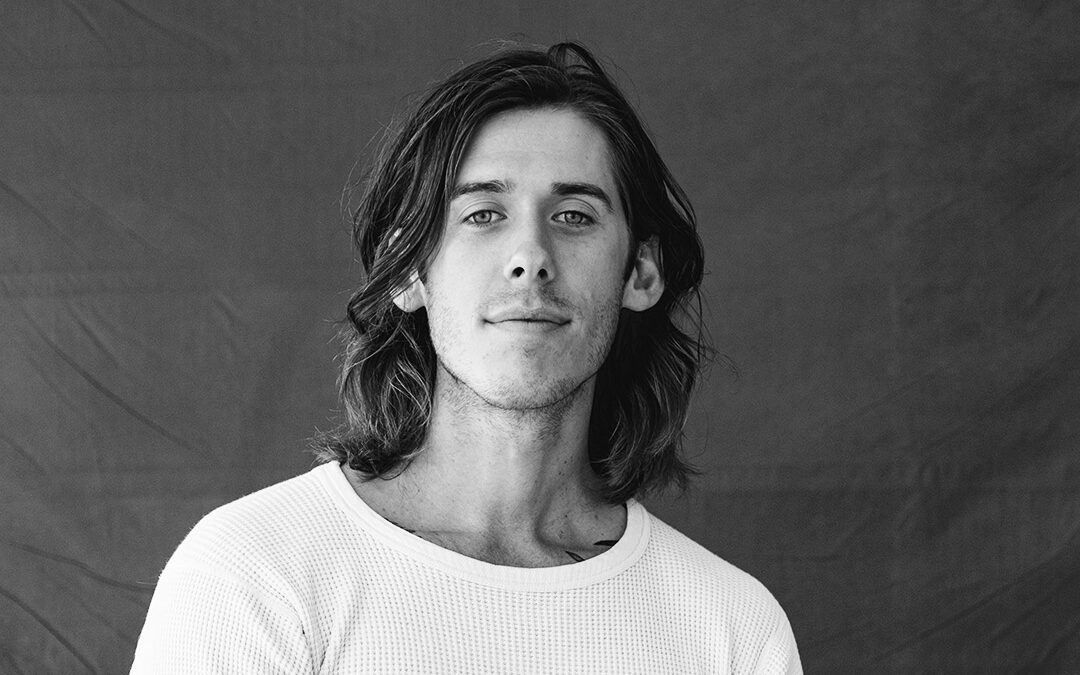
Behind the Lens with Henry O. Head
Henry O. Head is a photographer living in Fayetteville, Arkansas, and working across multiple genres, primarily portrait, documentary and conceptual photography. He uses analog processes in 35mm, 120 and 4×5 format. In his current season of work, he uses photography to document subcultures of the American South and Midwest, as well as who and what he encounters during his travels abroad. For Drop 006, he shares photographs taken in Greece and Italy that serve as a meditation on permanence, transience, humanity’s place in nature and finding oneself within and without the company of others.
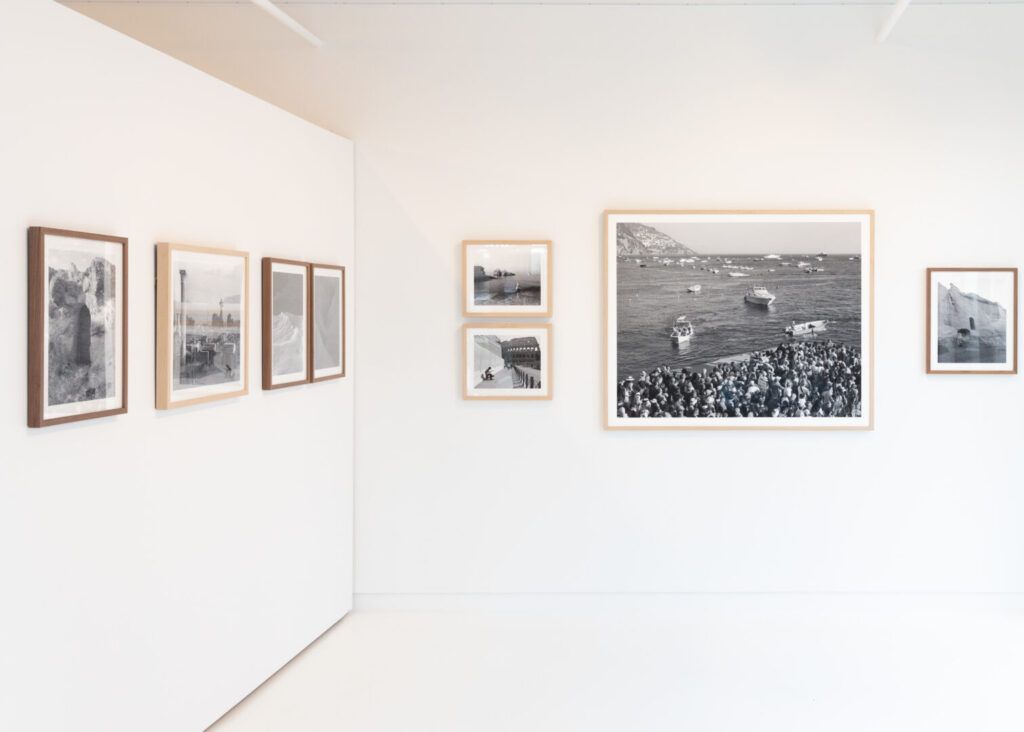
MIXD: How did you get started in photography? Was there an individual or mentor who drew your interest in this medium?
HOH: I became interested in photography when I left home to hitchhike around the US at the age of 20. My travel companion, Michael Portugal, had been living nomadically for over a year and was already an incredible photographer. He taught me the basics of light and composition while we were on the road, and has been a source of inspiration for me ever since.
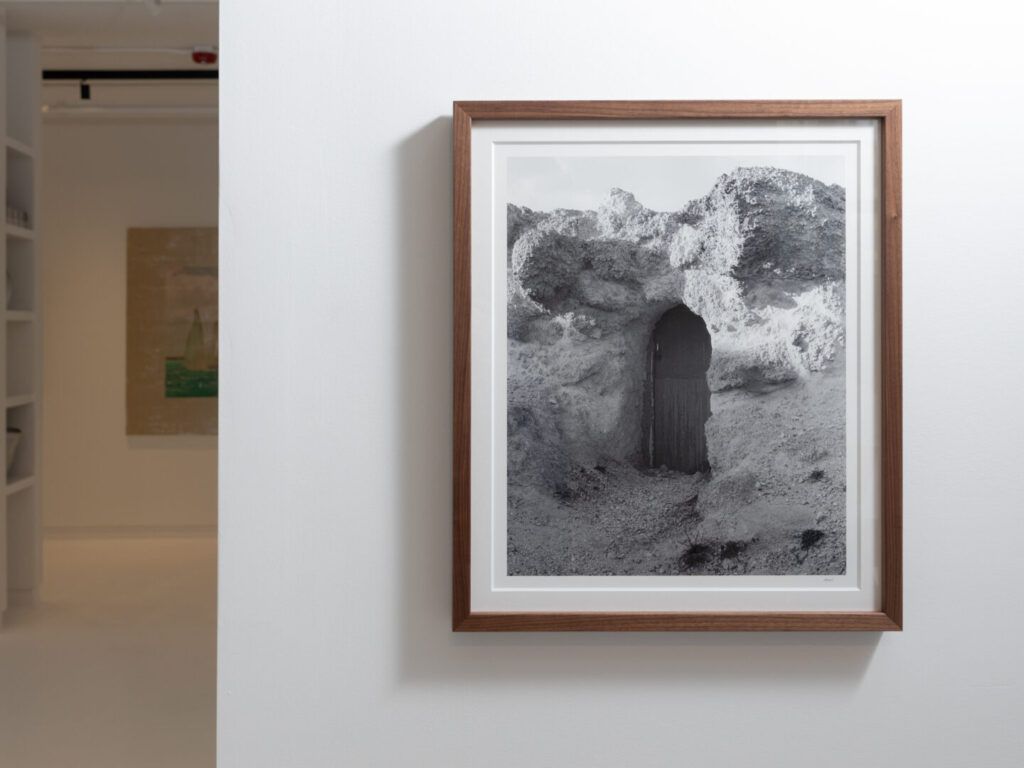
MIXD: How did traveling in your early 20’s influence your work? What is your favorite place you have traveled to?
HOH: The years I spent traveling in my early 20’s radically opened up the way I saw the world and people around me. Growing up in Missouri offered a lot by way of the beautiful landscapes, but I felt stifled by how I was expected to express myself and understand the world around me. My time spent hitchhiking around the US and eventually Mexico, Australia and New Zealand, put me into contact with all kinds of new people and new experiences. The people and places encountered on the road became my muse, and over time laid the foundation for my approach to future work as well, by learning to always seek out the unexpected. My favorite place I’ve traveled to is Cape Reinga, which is the peninsula on New Zealand’s northernmost point where a lighthouse overlooks two converging oceans.
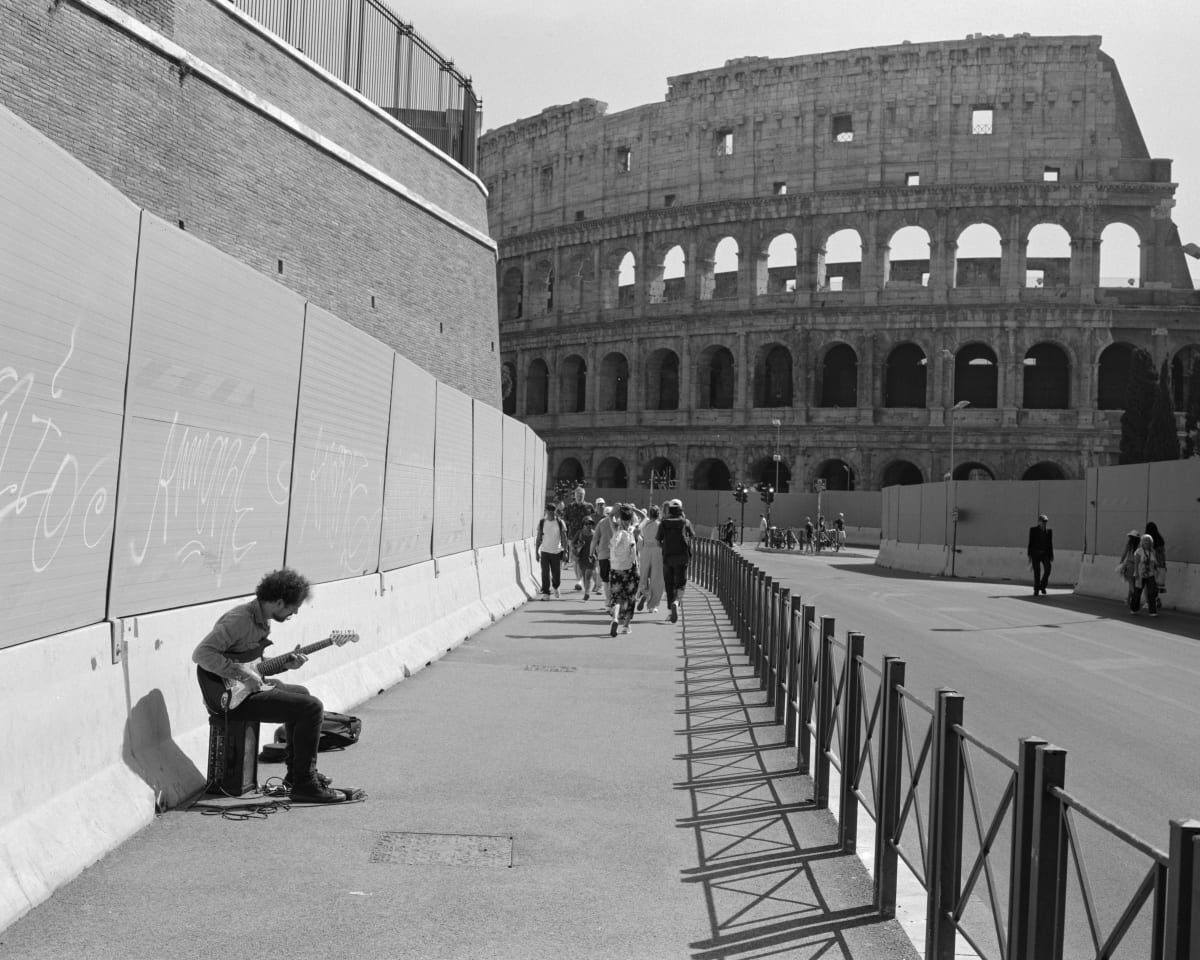
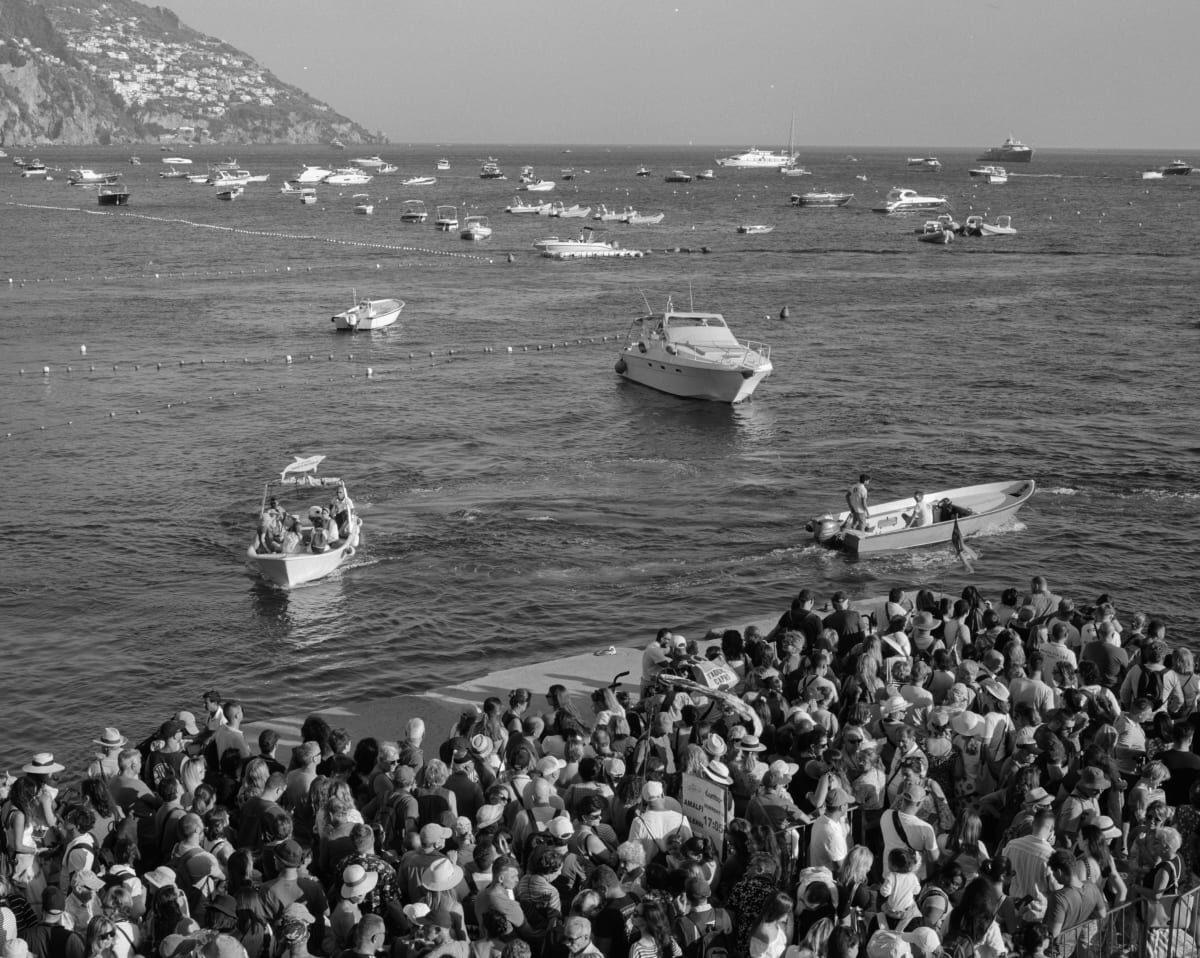
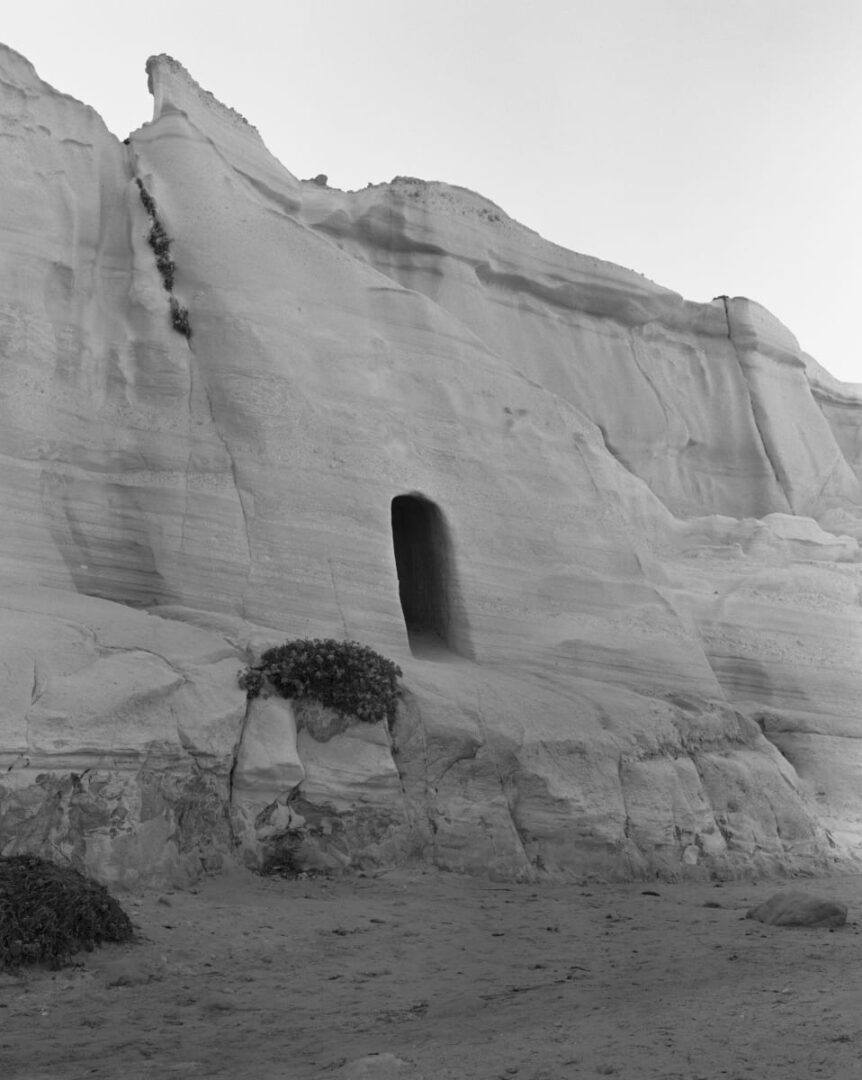
The people and places encountered on the road became my muse, and over time laid the foundation for my approach to future work as well, by learning to always seek out the unexpected.
HENRY O. HEAD
MIXD: Could you share any upcoming exhibitions, projects, or collaborations that we should keep an eye out for?
HOH: Ah, it’s a little early to announce anything officially, but I’m a year into a semi-autobiographical project that should be making it’s way into the world early 2025.
MIXD: Your work explores humanity’s place in nature. What draws you to this theme and why?
HOH: I think it has to do with how when I was growing up nature was always emphasized as being something external, separate, “out there”. “Nature” was just the backdrop for our human dramas, a place to take from and to conquer without second thought. Much of the Ozark wilderness that I cherished as a child has since been purchased by developers, turned into summer homes, shopping centers, golf courses, etc. I think our estrangement from the ecosystems there we’re a part of, whether we know it or not, is a large factor in our collective sense of alienation that characterizes our modern world. This awareness isn’t something I am necessarily out looking for, but it is an undercurrent that informs where I point the camera and what I’m drawn to.
Much of the Ozark wilderness that I cherished as a child has since been purchased by developers, turned into summer homes, shopping centers, golf courses, etc. I think our estrangement from the ecosystems there we’re a part of, whether we know it or not, is a large factor in our collective sense of alienation that characterizes our modern world.
HENRY O. HEAD
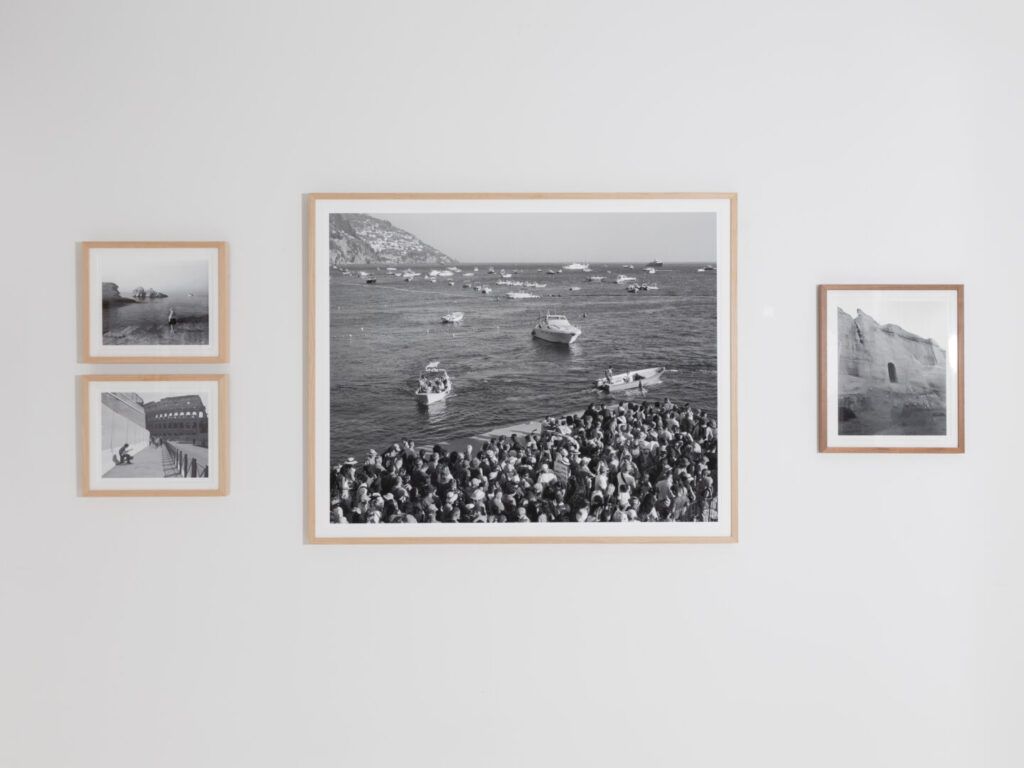
MIXD: The body of work you are presenting in Drop 006, was taken in Greece and Italy. Do you have an experience or encounter that was significant or challenging in your creative process?
HOH: There was one evening in Milos when I was walking back from a rocky outcropping by the ocean towards the parking lot, when I noticed a Russian women with her arm in a cast talking loudly to someone on a video call. She meandered towards the water, phone in hand, to get a closer view of the Aegean Sea that sprawled before her. The sun was almost set, and I was using a fixed lens so I needed to get closer to be able to frame the shot. I discreetly made my way down to the waterline, composed the photo, pushed the shutter and then watched the light fade almost instantly after.
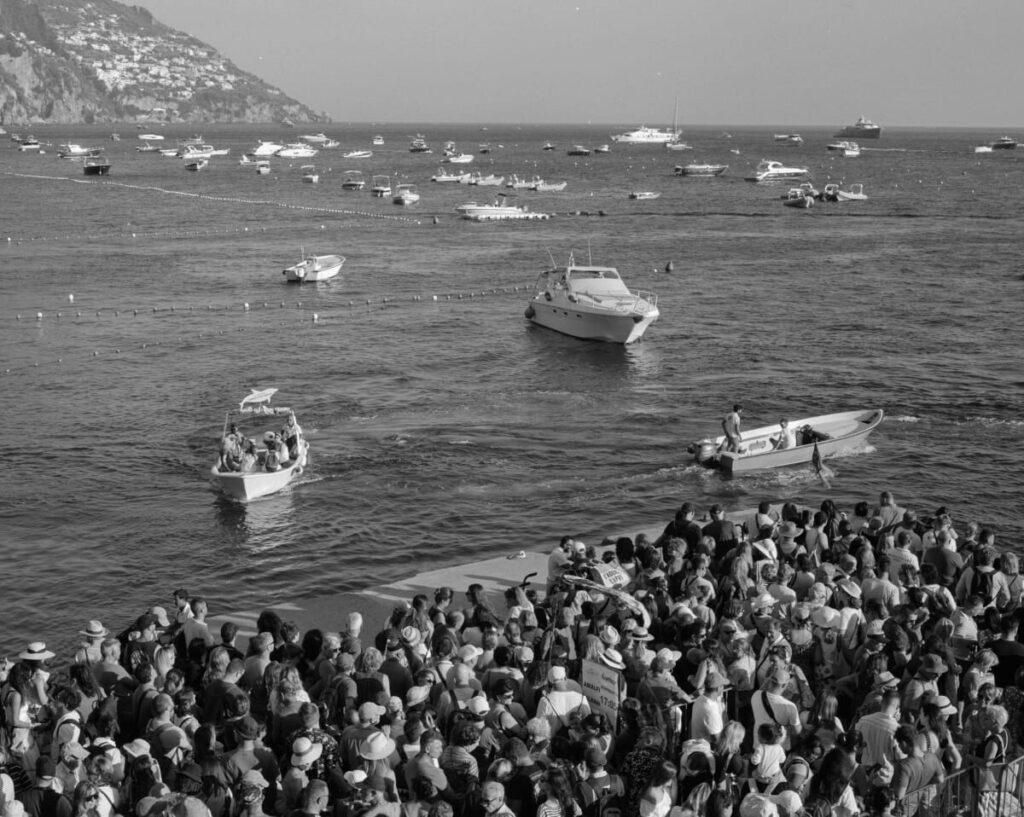
“The Port to Sorrento”
Still wet from a dip in the crisp turquoise water, I hold a melting lemon sorbet in one hand and my 50-year-old camera in the other. Barefoot, I ascend up a stone staircase that’s been carved into the Amalfi coastline to get a better view of the cove. Down below are honeymooners, vacationing tech workers, children with sunburned shoulders, and retirees still tipsy from red wine corralled on the port as the sun begins to slide back into the sea. Moments like these, where we’re in some threshold between where we’ve been and where we’re off to next, are some of the moments that interest me most.
A very warm thank you to Henry O. Head for joining us in conversation. If you’re interested in viewing more of his work you can enjoy HERE.
ABOUT HENRY
Taken in Greece and Italy, Henry’s photographs are a meditation on: humanity’s place in nature, permanence, transience and finding oneself within & without the company of others.
Article Credits
Copy, Nicole Boddington; Imagery, Henry O. Head.